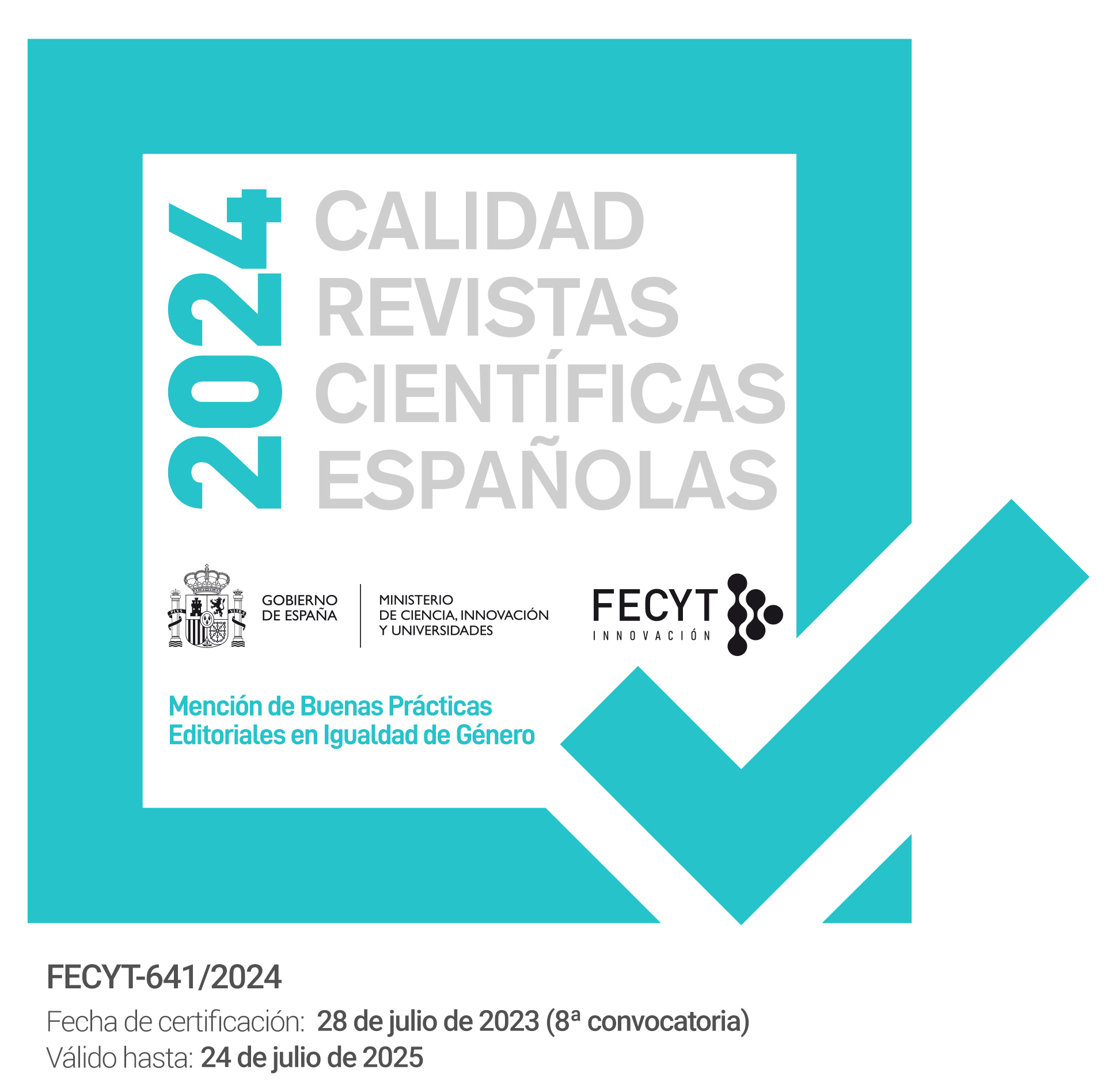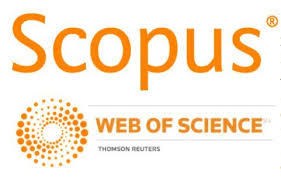Performing ekphrasis: intermedial passages in contemporary spanish poetry
DOI:
https://doi.org/10.12795/PH.2021.v35.i02.2Keywords:
ekphrasis in motion, ekphrasis in action, intermediality, Spanish contemporary poetryAbstract
This paper approaches the ekphrastic phenomenon in current Spanish poetry from two categories: on the one hand, an “ekphrasis in motion”, which recreates artistic universes through techniques such as the deconstruction of the image into many autonomous segments, the narrative collage, or the breaking of expectations; on the other hand, an “ekphrasis in action”, which is inspired by intermediary referents in order to challenge textual limits and to appropriate the performative codes from contemporary art. Both typologies demonstrate the explanatory power of ekphrasis, contribute to replace the descriptive orientation by the interpretative freedom, and turn the mimetic fidelity into lyrical fiction.
Downloads
Metrics
No metrics found.
Referencias bibliográficas
Artigas Albarelli, I. (2013). Galería de palabras: la variedad de la ecfrasis. Bonilla Artigas Editores / Iberoamericana Vervuert. https://doi.org/10.31819/9783964566461
Bagué Quílez, L. (2016). La Menina ante el espejo. Visita al museo 3.0. Fórcola.
Baxandall, M. ([1971] 1996). Giotto y los oradores. La visión de la pintura en los humanistas italianos y el descubrimiento de la composición pictórica (1350-1450). Visor.
Bergmann, E. L. (1979). Art inscribed. Essays on ekphrasis in Spanish Golden Age poetry. Harvard University Press.
Bonnefoy, Y. (2003). La nube roja. Diseño, color y luz. Síntesis.
Egido, A. (1989). La página y el lienzo. Sobre las relaciones entre poesía y pintura en el Barroco. Academia de Nobles y Bellas Artes de San Luis.
Fernández Porta, E. (2008). Homo Sampler. Tiempo y consumo en la Era Afterpop. Anagrama.
Foster, H. ([1996] 2001). El retorno de lo real. La vanguardia a finales de siglo. Akal.
García Martínez, L. F. (2011). La ékfrasis en la poesía contemporánea española: de Ángel González a Encarnación Pisonero. Devenir.
Gómez Toré, J. L. (2005). “Tejiendo sombras”. En A. Gorría, Araña, 7-9. El Gaviero.
Gorría, A. (2005). Araña. El Gaviero.
— (2016). Nostalgia de la acción. Saltadera.
Groys, B. ([1992] 2005). Sobre lo nuevo. Ensayo de una economía cultural. Pre-Textos.
Jiménez Domínguez, J. (2016). Contra las cosas redondas. La Bella Varsovia.
López Grigera, L. (1994). La Retórica en la España del Siglo de Oro. Universidad de Salamanca.
Martín-Estudillo, L. (2007). La mirada elíptica: el trasfondo barroco de la poesía española contemporánea. Visor.
Moreno, L. J. (1992). El final de la contemplación. Visor.
Núñez, A. (2015). Poesía reunida (1967-1987). Calambur. Ed. de V. Vives Pérez.
Ovejero, J. (2012). Nueva guía del Museo del Prado. Demipage.
Patiño, A. (2016). Todas las pantallas encendidas. Hacia una resistencia creativa de la mirada. Fórcola.
Persin, M. H. (1997). Getting the picture. The ekphrastic principle in twentieth-century Spanish poetry. Bucknell University Press / Associated University Press.
Ponce Cárdenas, J. (2014). Écfrasis: visión y escritura. Fragua.
— (2018). Negroni / California: teselas publicitarias en Aurora Luque y Juan Antonio González Iglesias. En L. Bagué Quílez (Ed.), Cosas que el dinero puede comprar. Del eslogan al poema (pp. 223-247). Iberoamericana / Vervuert.
Quinto, R. (2012). Ruido blanco. La Bella Varsovia.
Riffaterre, M. (2000). “La ilusión de écfrasis”. En A. Monegal (Ed.), Literatura y pintura (pp. 161-183). Arco / Libros.
Spitzer, L. (1955). The ‘Ode on a Grecian Urn’, or content vs. metagrammar. Comparative Literature, 7, 203-225. https://doi.org/10.2307/1768227
Strand, M. ([1994] 2008). Hopper. Lumen.
Vouilloux, B. (1994). La peinture dans le texte (XVIIIe-XXe siècle). CNRS.
Williams, W. C. ([1962] 2007). Cuadros de Brueghel. Trad. de J. A. Montiel. Lumen.
Published
How to Cite
Issue
Section
License
Copyright (c) 2021 Luis Bagué Quílez

This work is licensed under a Creative Commons Attribution-NoDerivatives 4.0 International License.
The printed and electronic editions of this Journal are edited by the University of Seville Editorial, and the source must be cited in any partial or total reproduction.
Unless otherwise indicated, all the contents of the electronic edition are distributed under a license of use and distribution “Attribution-NonCommercial-NoDerivatives 4.0 International” . You can view the informative version and the legal text of the license here. This fact must be expressly stated in this way when necessary.
Authors who publish in this journal accept the following conditions:
- The author/s retain copyright and grant the journal the first publication right, and accept it to be distributed with the Creative Commons By NC ND 4.0 licence, which allows third parties to use what is published whenever they mention the authorship of the work and the first publication in this journal and whenever they do not make commercial use and reuse it in the same way.
- Authors can make other independent and additional contractual agreements for the non-exclusive distribution of the article published in this journal (e.g., include it in an institutional repository or publish it in a book) provided they clearly indicate that the work was published for the first time in this journal.
Authors are allowed and recommended, once the article has been published in the journal Philologia Hispalensis (online version), to download the corresponding PDF and disseminate it online (ResearchGate, Academia.edu, etc.) as it may lead to productive scientific exchanges and to a greater and faster dissemination of published work (see The Effect of Open Access).
Accepted 2021-03-01
Published 2021-12-21
- Abstract 379
- PDF (Español (España)) 316
- HTML (Español (España)) 141
- XML (Español (España)) 52











